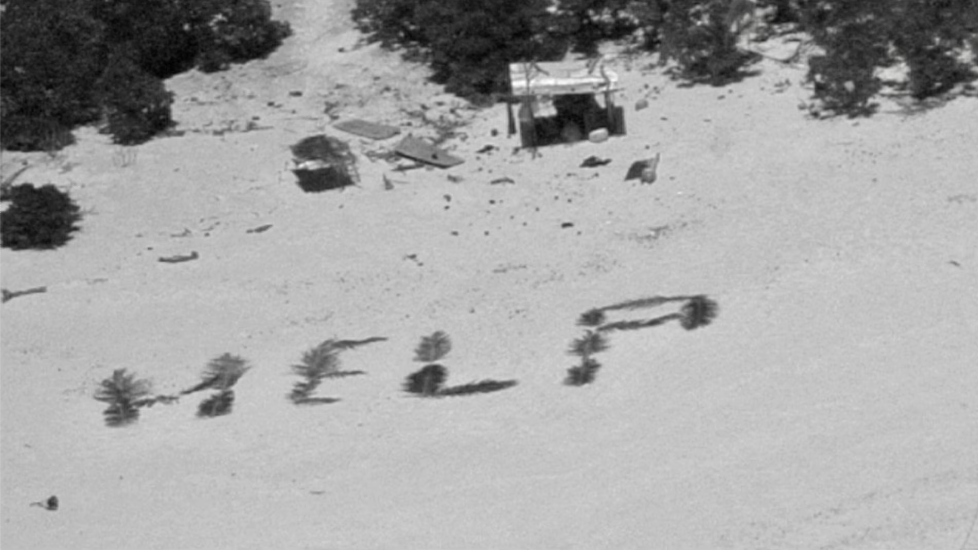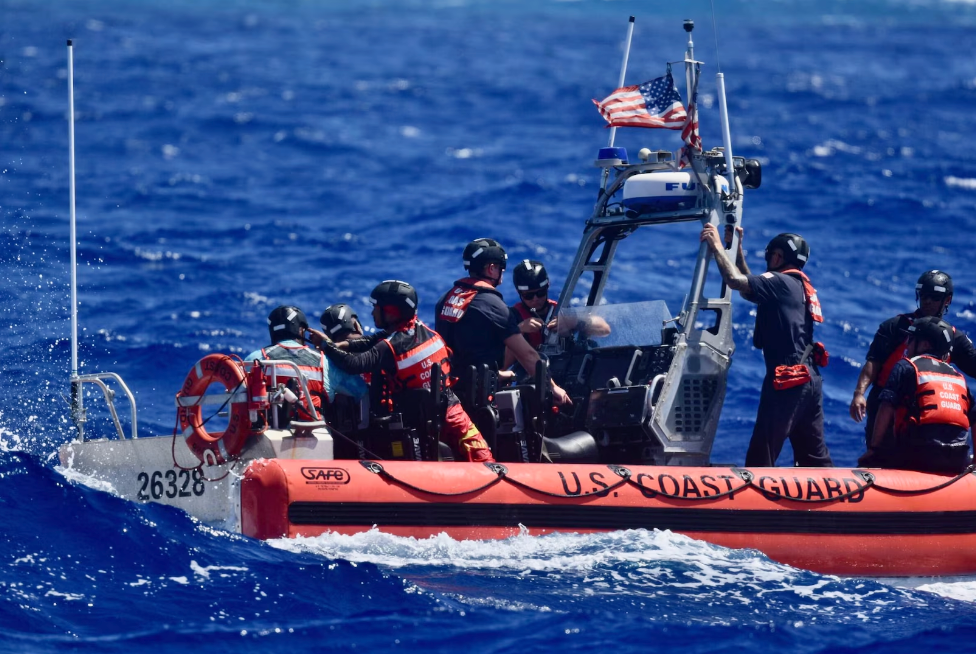Sailors use ‘HELP’ sign made of palm trees to escape stranding on remote Pacific island
Trio of stranded sailors managed to attract attention of passing US Navy plane
Your support helps us to tell the story
From reproductive rights to climate change to Big Tech, The Independent is on the ground when the story is developing. Whether it's investigating the financials of Elon Musk's pro-Trump PAC or producing our latest documentary, 'The A Word', which shines a light on the American women fighting for reproductive rights, we know how important it is to parse out the facts from the messaging.
At such a critical moment in US history, we need reporters on the ground. Your donation allows us to keep sending journalists to speak to both sides of the story.
The Independent is trusted by Americans across the entire political spectrum. And unlike many other quality news outlets, we choose not to lock Americans out of our reporting and analysis with paywalls. We believe quality journalism should be available to everyone, paid for by those who can afford it.
Your support makes all the difference.A trio of sailors who spent more than a week stranded on a remote, uninhabited atoll in the Pacific were rescued by the US Coast Guard after a search and rescue team spotted a giant sign spelling ‘HELP’ the men had constructed from palm fronds on the beach.
The sailors, identified as three men in their 40s with sailing experience, set out from Polowat Atoll, southeast of Guam, on 31 March. Their boat, a 20-foot open skiff with an outboard motor, sustained damage and the men were stranded on Pikelot Atoll.
Nearly a week later, on 6 April, the US Joint Rescue Sub-Center in Guam got a distress call from a relative of the sailors, saying they hadn’t returned from Pikelot.
The call prompted US officials to begin a rescue operation spanning an area of over 78,000 nautical miles.
The following day, a US Navy P-8 Poseidon aircraft operating out of Kadena Air Force Base in Japan spotted the mariners, along with a crude shelter they’d erected on the beach and dropped them survival packages.

“In a remarkable testament to their will to be found, the mariners spelt out ‘HELP’ on the beach using palm leaves, a crucial factor in their discovery. This act of ingenuity was pivotal in guiding rescue efforts directly to their location,” one of the operation’s search and rescue coordinators, Lieutenant Chelsea Garcia of the US Coast Guard, said in a news release.
On 8 April, a US Coast Guard HC-130J Hercules aircraft flew over the stranded men, dropping a radio to the missing sailors.
The men radioed back that they were “in good health” and “had access to food and water,” according to the Coast Guard. They had been surviving by eating coconuts.
The next day, a Coast Guard ship, the USCGC Oliver Henry, which had been diverted from its original course to join the rescue, picked up the sailors.
In another twist, one of the Coast Guard personnel involved in the rescue, Petty Officer 2nd Class Eugene Halishlius, was related to the missing men.

“I could see on their faces, ‘Whoa! Who’s this guy pulling up that can speak our language?’” he told CNN on Thursday.
“It’s a crazy world, I actually found out I’m related to them!” he added, describing the missing men as third and fourth cousins.
The men have now been safely returned to their departing point of Polowat Atoll.
The Coast Guard urged all sailors to equip their vessels with emergency position indicating radio beacons.
The remote atoll was the site of a similar rescue in 2020 when another group of three washed up on Pikelot when their boat ran out of fuel.
They spelt out ‘SOS’ on the beach and were later rescued by a multi-country team.

Join our commenting forum
Join thought-provoking conversations, follow other Independent readers and see their replies
Comments